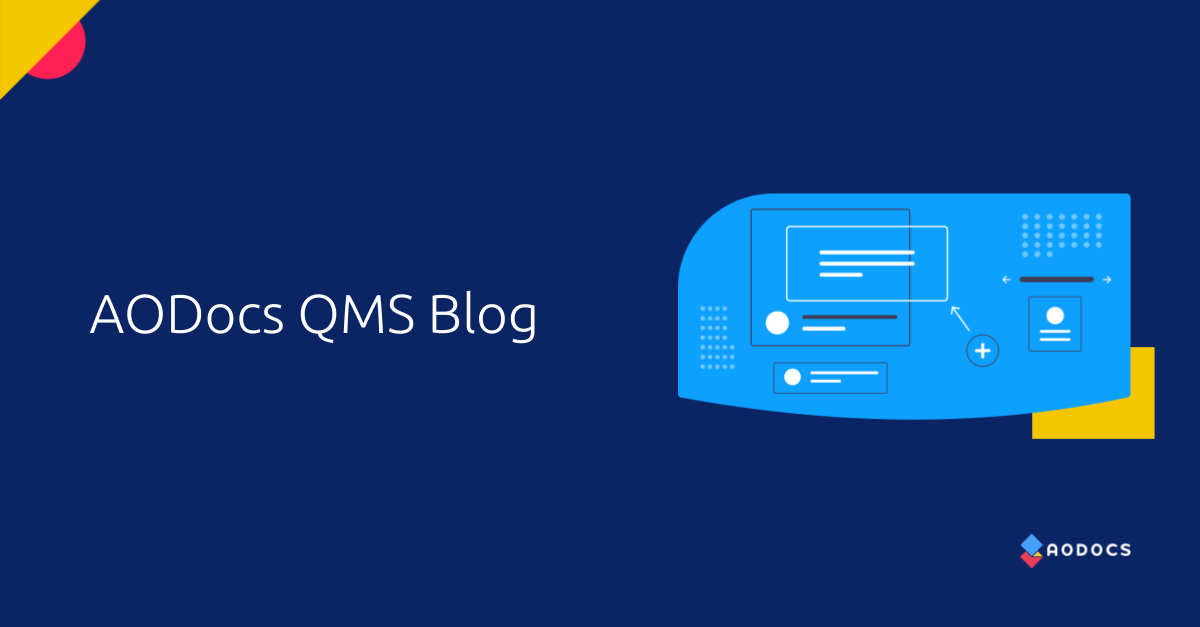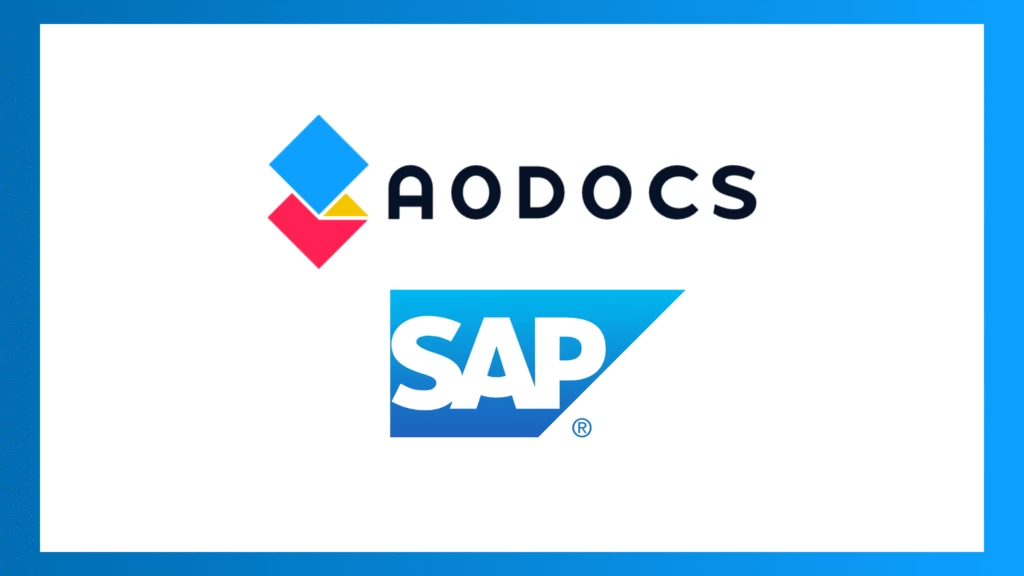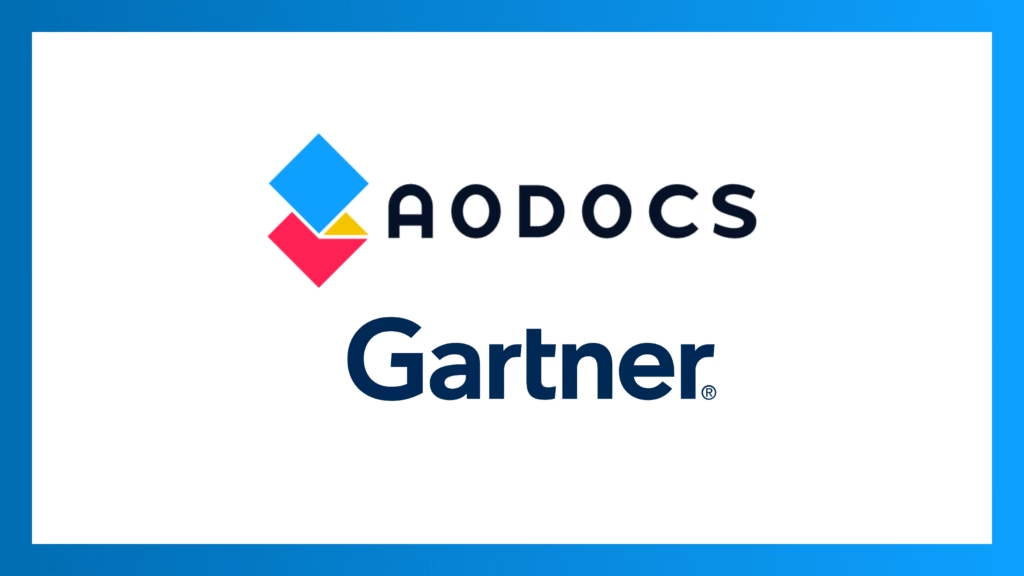Adoption is one of the key aspects of any QMS program. After all, if people resist using it, or are not using it properly, your Quality Management System is likely to fail.
With that in mind, it’s strongly advised that you make participants aware of the importance of the costs and ramifications when quality is absent from your process. Equally important is to have your team understand that when processes are updated and improved, it’s critical that these new and improved processes are adopted and followed by everyone.
That’s easy to say, but how can you “encourage” people to adopt your QMS?
The adoption of quality processes can be impacted by several things:
- The confidence people have in the process and how that process was developed.
- An understanding people have with how they can contribute to improving the process.
- The impact of the process both while using it, as well as when contributing new ideas to improve the process.
Creating a manual QMS system might be an option when your business is in its nascent form, but as you grow, it’s likely that you’ll turn to technology solutions for QMS. QMS Software might seem like the obvious solution, but a lot of Quality Management System software can be complicated, a challenge to implement, and not have the ability to adapt to your business needs.
Strike the Right Balance
Speaking specifically about QMS for Life Sciences, you would be well advised to balance ease of implementation, ease of use, and accessible support with functionality. It bears repeating that if you want your team to truly embrace and use your new QMS, its power must be balanced with a good user experience. If your people can’t figure out how to perform required tasks, or if the user experience is a frustrating one, you are setting yourself up for failure.
Ideally, you will be looking to move your manual processes to a software solution. In this case, the software works as an accelerator. Redundant, time-consuming, processes can be automated. Productivity is enhanced. Errors are reduced. Look for a solution that can do all this within the tools your business is already using or at least familiar with.
However, if you seek to revamp everything as you move to a QMS software solution for Life Sciences, you may find that your team has some resistance to change.
Put another way, if you can leverage those things your organization already does well or already knows how to do, you’ll find very quickly that your quality program adoption rate accelerates alongside your productivity.
As you work out the kinks in your system, adapting to feedback and process improvements will result in an adaptive solution that will lead to high adoption and compliance with the new QMS.
TL;DR
If you want to ensure that your team will be comfortable with moving to a QMS software solution, be it in Life Sciences or otherwise, be sure to balance how people can best adapt to your quality program effectively as much as you look at the functionality of the QMS software.



